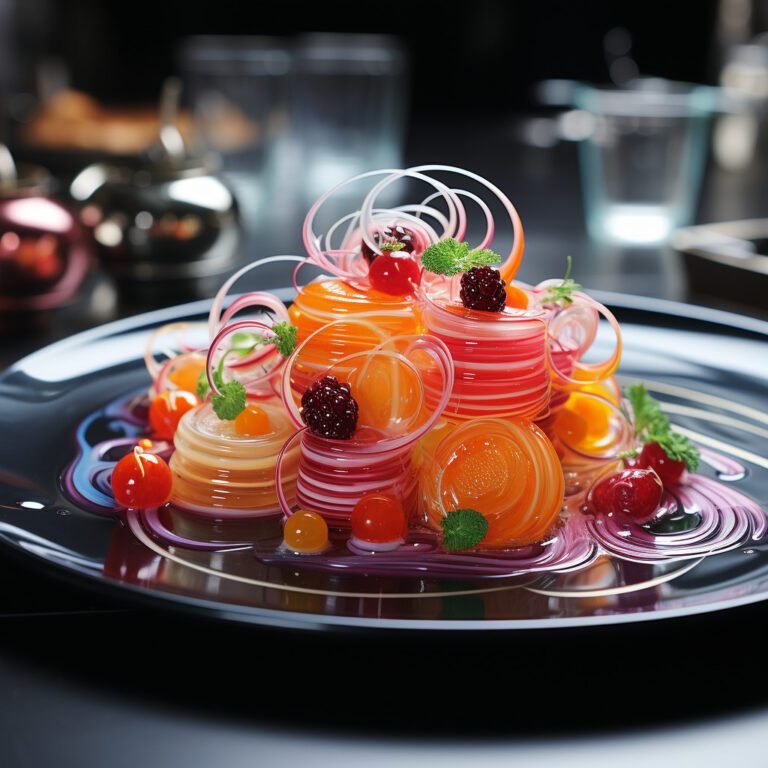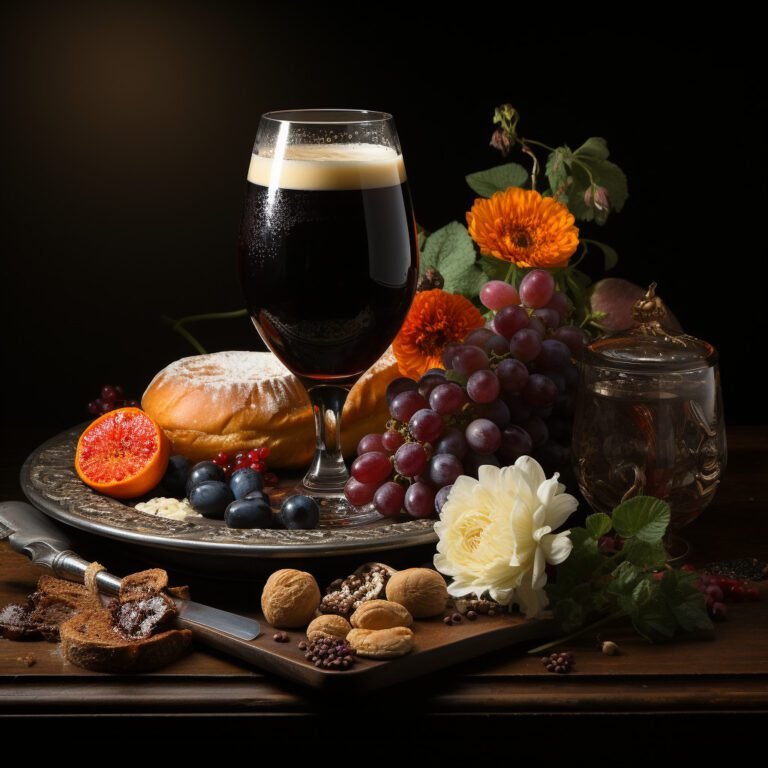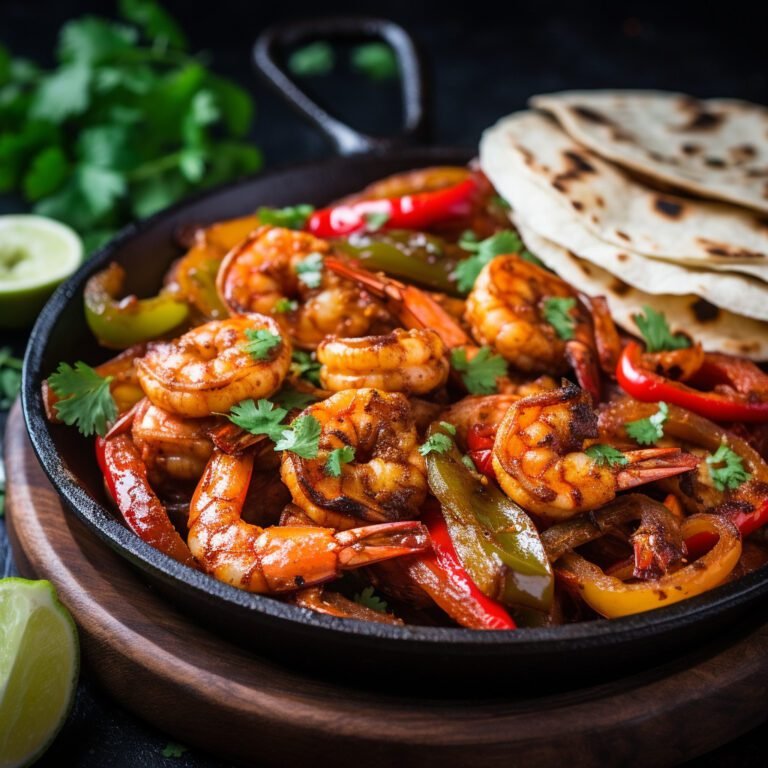Food for Thought: Culinary Journalism’s Role in Shaping Food Trends
The Influence of Culinary Journalism on Food Trends
For anyone who’s ever been enticed by a food article to try a new restaurant, experiment with an exotic ingredient, or even to attempt a complex recipe, the impact of culinary journalism is evident. Far from being just a source of new recipes, it plays a pivotal role in shaping food trends, influencing what we eat, how we cook, and even where we dine. But how exactly does it do this? Let’s uncover the ingredients of this influence.
Unearthing New Cuisines and Ingredients
Culinary journalists are, at their core, food explorers. They venture into unexplored territory, discovering new cuisines and ingredients, and bring them to the forefront for food enthusiasts. Whether it’s the latest superfood from a remote corner of the globe or a forgotten grain making a comeback, culinary journalism introduces us to these novelties.
Remember when quinoa, a little-known grain from the Andean region, suddenly became a pantry staple in homes across the world? Or when kimchi, a traditional Korean side dish, started appearing in fine dining menus? Both are examples of food trends sparked by culinary journalism.
Highlighting Food Ethics and Sustainability
More than just introducing us to new flavors, culinary journalism also plays a crucial role in shaping our attitudes towards food. It raises awareness about the ethical implications of our food choices and promotes sustainability, influencing trends like farm-to-table dining, organic farming, and plant-based diets.
Through investigative reporting, culinary journalists highlight the impact of our food choices on the environment, animal welfare, and our health. This awareness has led to the rise of trends like veganism and the locavore movement, which advocates for consuming locally produced food.
Decoding the Science of Food
Ever wondered why a perfectly seared steak tastes so much better than a poorly cooked one? Or why your homemade bread doesn’t have the same texture as artisanal ones? Culinary journalism holds the answers. By decoding the science behind cooking techniques and ingredients, it not only helps us become better cooks but also influences food trends.
Take sous-vide cooking, for instance. Once a technique used only in high-end restaurants, it’s now a trend among home cooks, thanks to informative articles and guides published by culinary journalists.
Creating Food Experiences
In the Instagram age, where the visual appeal of food can make or break a restaurant, culinary journalism plays a vital role in shaping our dining experiences. By showcasing beautifully plated dishes and stunning restaurant interiors, it influences our desire to not just eat, but to enjoy a complete food experience.
From pop-up restaurants to chef’s table experiences, culinary journalism has played a key role in popularizing these trends. Through engaging storytelling, it creates a narrative around food, making us more invested in the dining experience.
In conclusion, culinary journalism does much more than just report on food. It inspires, educates, and influences us, shaping our culinary landscape in the process. So, the next time you’re trying a new cuisine, experimenting with an unusual ingredient, or dining at a trendy restaurant, remember that chances are, a culinary journalist had a hand in it.





